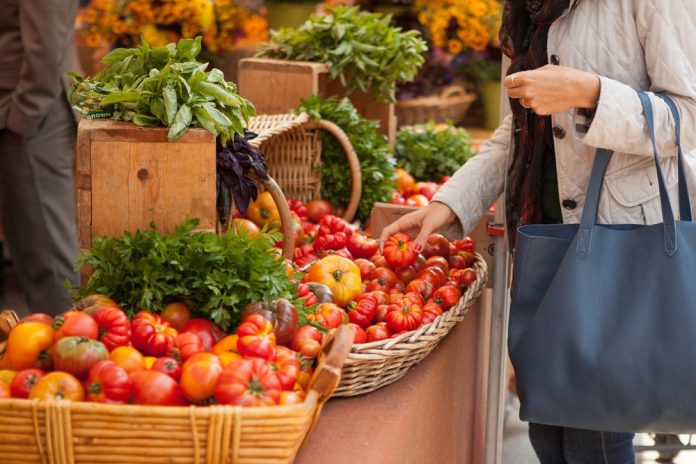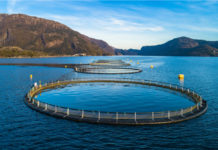With climate change and the world’s growing population, it’s becoming more and more difficult to properly feed all the people in the world. The World Bank has declared that the world needs to produce at least 50% more food by 2050 to feed the expected population of nine billion. Climate change could reduce crop yields by up to 25%. However, not all hope is lost. Here’s how you can do your part.
Waste Less Food
A staggering 40% of all food in the United States goes uneaten—the equivalent of $165 billion per year. If Americans reduced food waste by just 15%, there would be enough food to feed an additional 25 million Americans annually. This would be a huge help to the one in six Americans that live without secure food access.
There are plenty of ways you can waste less food in your household. To reduce food spoilage, shop often rather than always buying in bulk. That way, you don’t end up throwing out food that has gone bad before you’ve gotten around to eating it. If you have any leftovers after dinner, pack them for lunch the next day or freeze them. If you have any food scraps at the end of your meal, compost them rather than put them in the trash.
Grow Your Own Food

Anybody can grow their own food, whether they live in a large country acreage or a small city apartment. If you’ve got space in your backyard, ask a local garden center what types of seeds grow best in your area’s climate. Then, choose a selection of your favorite fruits, veggies and herbs that would do well.
By growing your own food, you’ll be adding to the world’s global food supply instead of taking from it. If all you’ve got is a small apartment deck, or even just a windowsill, you can still grow veggies in pots. Tomatoes, herbs and lettuce are good options.
Buy Certified Sustainable Foods
One of the best ways to help the global food supply is by buying certified sustainable foods, especially when it comes to seafood. The world’s waterways are being depleted at an alarming rate—there is just not enough wild seafood to feed everyone. By choosing to buy your seafood from sustainable fish farms, you’re helping ensure that there’s enough fish to feed everyone for generations to come.
Buy Produce From Local Farmers

By the time your fruits and vegetables reach your supermarket, they’ve often experienced a long journey. It probably started with them being picked before they were ripe and included several long days or weeks on a truck, train or boat. Not only are these fruits and vegetables not as nutritious as those that were picked at peak ripeness, they also cause a whole lot of carbon emissions during the transportation stage. By buying from local farmers or markets, you’re getting produce that’s both fresh and planet-friendly.
The world’s population is growing at a rapid rate, which is resulting in a global food shortage. But if we all do our part to help reduce waste, grow our own food, shop sustainably and buy local, we can help ensure that there will be enough food to go around.
Photo credits: Manutsawee Buapet / Shutterstock.com, Skitterphoto, Michael Heinrich






